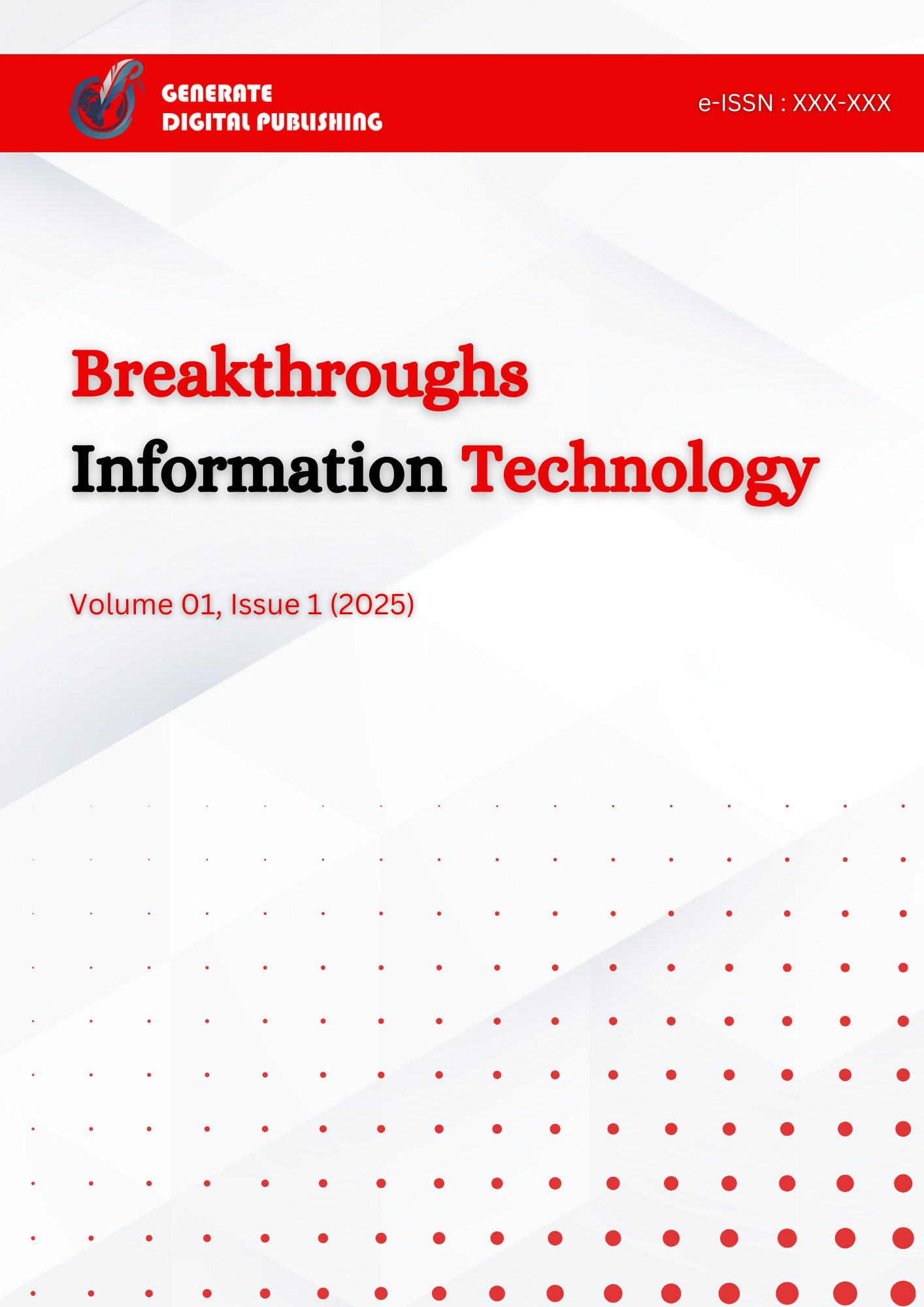A Systematic Literature Review on The Role of Explainable AI in Enhancing Algorithmic Fairness Across Application Domains
DOI:
https://doi.org/10.70764/gdpu-bit.2025.1(1)-03Keywords:
Explainable AI, Fairness, Review, AlgorithmicAbstract
Objective: Explainable Artificial Intelligence (XAI) is a field dedicated to improving the understanding and clarification of Machine Learning (ML) algorithms and their results. This research aims to determine commonly used XAI techniques, examine their classification, and assess their impact on the decision-making process.
Research Design & Methods: This research utilizes the PRISMA framework to conduct a systematic literature review of 310 Scopus-indexed articles on Explainable Artificial Intelligence (XAI) from 2018 to 2024, using targeted keyword searches to ensure rigorous selection and transparency in the research process.
Findings: The findings suggest that SHAP and LIME are the most frequently used explainable artificial intelligence (XAI) methods in the financial sector, due to their adaptability, clarity, and compatibility with various predictive models. However, there is still no standardized taxonomy, and only a few studies have focused on fairness or algorithmic fairness as a primary goal.
Implications & Recommendations: This analysis highlights the need for a more comprehensive framework that combines explanation with fairness metrics. Future research should investigate the integration of Explainable Artificial Intelligence (XAI) within regulatory structures, such as the General Data Protection Regulation (GDPR), to ensure that it meets the needs of technical and ethical assessment.
Contribution & Value Added: This research formulates a concise and applicable classification of XAI methods in the financial sector and highlights its relevance to equity issues to encourage the development of transparent, ethical, and auditable AI systems
Downloads
Published
Issue
Section
License
Copyright (c) 2025 Breakthroughs Information Technology

This work is licensed under a Creative Commons Attribution 4.0 International License.













